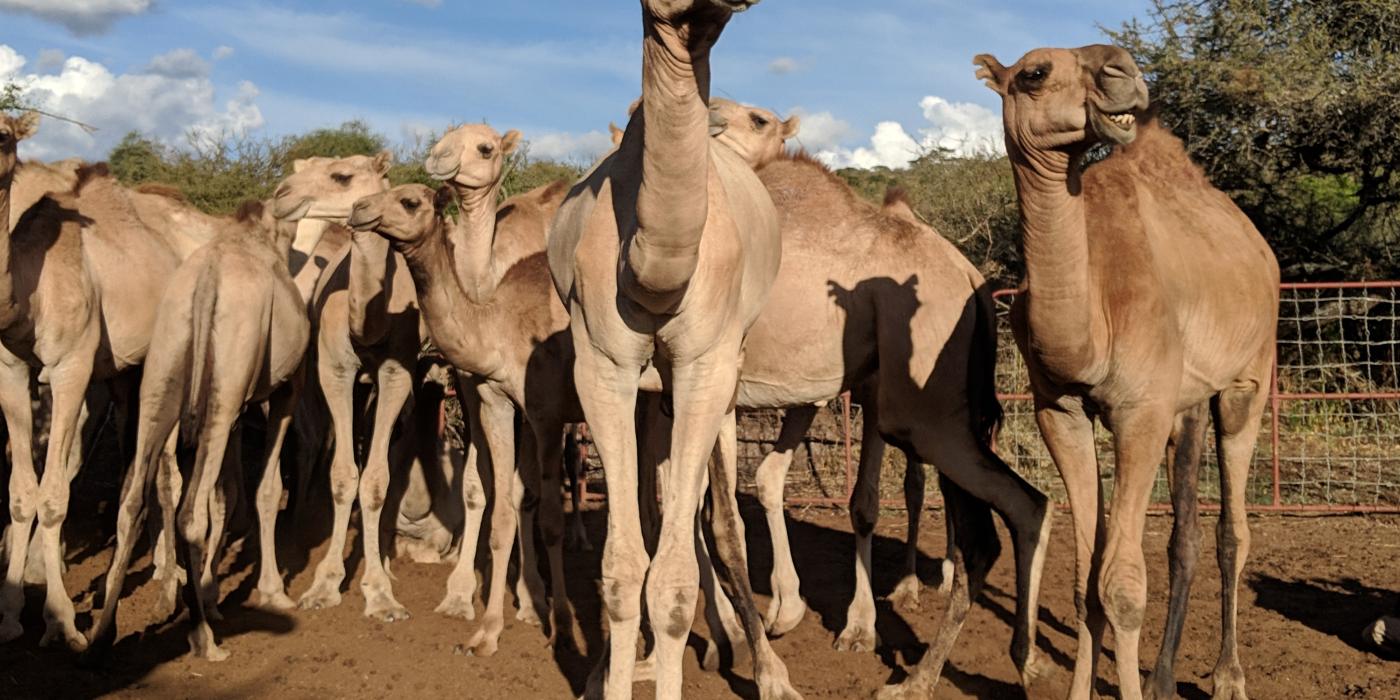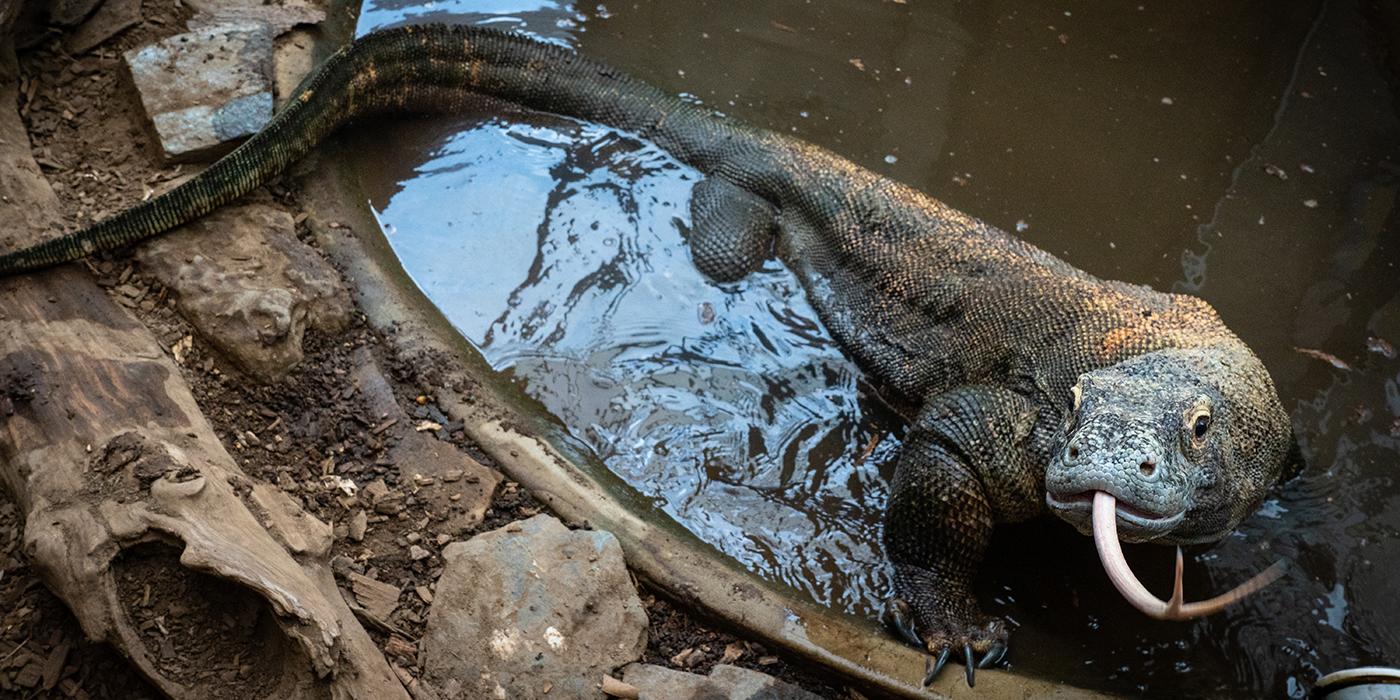Getting Over the Hump: Camel Care in Kenya
This update was written by Drs. Jennifer Yu and Brad Ryan of the Global Health Program.
Recurrent heavy droughts spurred by climate change are altering Kenya’s landscape and the lives of the people that live there.
As the growing burden of desertification, or the process by which fertile land turns to desert, makes raising cattle more difficult, farmers and herdsmen are turning instead to dromedary camels (Camelus dromedarius).
While cattle require a lot of water and are intolerant to droughts, dromedary camels are well-adapted to dry environments. Because their humps are built to store valuable fats needed to survive, they require much less water and food on a daily basis. This enables them to withstand harsh, desert-like conditions.

Camels are quickly replacing cattle as a primary livestock animal in Kenya for their milk, meat, skins and the transport of goods. In Laikipia County, for example, the population of camels has risen an astonishing 835% over the last 30 years.
This population growth has implications for the diverse wildlife that calls Kenya home, like antelopes, gazelles and buffalo. This is because infectious diseases can spread from camels to other animals. Some diseases can even jump from animals to humans, including Rift Valley Fever, brucellosis, Middle East Respiratory Syndrome (MERS-CoV), and external parasites, among others.
The surge in the number of camels across Kenya increases the potential for disease transmission. The growing number of camels in a shared space and their close association with people can make it easier for disease-causing bacteria and viruses to spread. It’s more of a risk than ever, because not many farmers, herders or local veterinarians are experienced in treating these diseases.
To help improve camel veterinary knowledge, promote wildlife health and lower the risk of diseases, a camel medicine course was held for Kenyan livestock veterinarians in March 2019. The course took place at the Kapiti Research Station, just 70 kilometers (about 43.5 miles) outside of Kenya’s capital city of Nairobi. Funded by the Saint Louis Zoo WildCare Institute, training and instructional activities were led in collaboration with Saint Louis Zoo’s Institute for Conservation Medicine, the International Livestock Research Institute-Kapiti, and Smithsonian Conservation Biology Institute’s Global Health Program (represented by Dr. Dawn Zimmerman).
Dr. Maris Brenn-White of Saint Louis Zoo’s Institute of Conservation Medicine provides technical training in camel medicine for Dr. Maureen Kamau, the Global Health Program’s Kenyan Veterinary Research Fellow.
The workshop provided instruction in common camel diseases and hands-on practice in clinical, diagnostic, and therapeutic methods and techniques. For example, workshop participants were trained to collect a blood sample from a camel, look at the sample under a microscope, and then analyze it. This is a standard skill that veterinarians can use to determine why a camel might be feeling sick.
Trainees also spent time in the classroom learning about some of the most common diseases of camels. Through a “train the trainers” approach, veterinarians who participated in the workshop were encouraged to share their new skills with their colleagues. This helps ensure that veterinary knowledge in the region continues to grow (in the world of global health, we call this capacity building).

Dr. Ilona Gluecks, manager of Kapiti Ranch and host of the course, provides instruction on the preparation of camel blood smears for cytology (or the study of cells under a microscope). This is a standard veterinary diagnostic technique for the investigation of anemia, inflammation, infection, parasites and indicators of other diseases.
Ultimately the hope is that the camel course will have far-reaching impacts on building livestock veterinary expertise in the country, while also protecting wildlife and safeguarding human health.
Support for this camel medicine course was provided through a generous grant from the Saint Louis Zoo WildCare Institute. Additional costs were covered by the Saint Louis Zoo Institute for Conservation Medicine, Global Challenges Research Fund (GCRF) One Health Regional Network for the Horn of Africa (HORN) Project, from UK Research and Innovation (UKRI) and Biotechnology and Biological Sciences Research Council (BBSRC). Generous core support for the Global Health Program’s training program is provided by Morris Animal Foundation and Dennis and Connie Keller.



